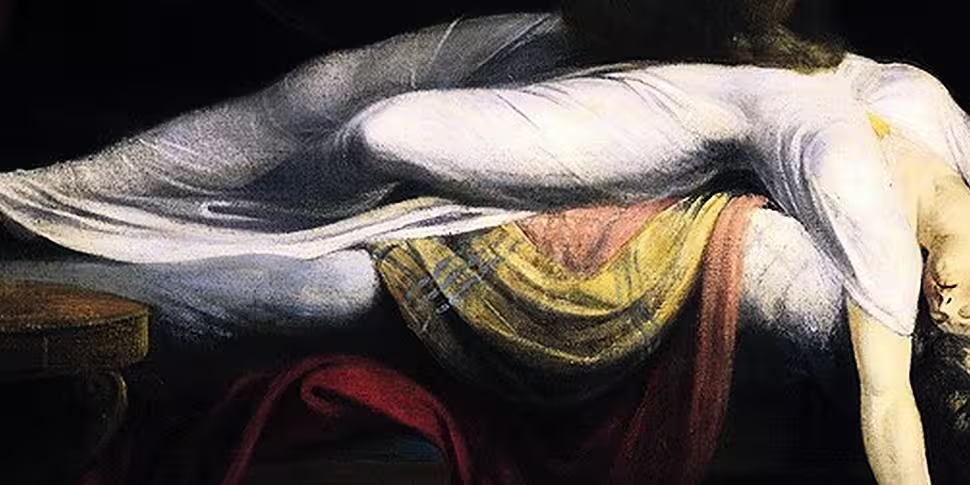Dreams and how the subconscious bubbles to the surface during sleep have long been a source of mystery to psychologists, with many theories raised as to what purpose they serve. Nightmares are also shrouded as much in mystery as terror, though new research into bad dreams suggests they serve a rather surprising purpose.
Writing in New Scientist, Michelle Carr, who studies dreams at the Centre for Advanced Research in Sleep Medicine at the University of Montreal, outlined the two leading theories as to why our sleep is interrupted with visions of terror; on the one hand, sleep scientists think the manifestations that plague a restful night’s kip are a reaction to bad experiences during the daytime, on the other, “threat simulation theory” suggests it’s a pyjama dress rehearsal for potential disaster.
Researching sleepers who had at least two nightmares a week, Carr’s study proposed a new link between those who suffer the phenomenon and creativity.
Citing a study carried out in the 1980s at a Boston university by Ernest Hartmann, Carr writes at length about how that research backs up the concept of people suffering from nightmares as being more dreamlike in general.
“Hartmann realised that this sensitivity spills over into perceptions and thoughts: people who have a lot of nightmares experience a dreamlike quality to their waking thoughts. And this kind of thinking seems to give them a creative edge,” she writes. “For instance, studies show that such people tend to have greater creative aptitude and artistic expression. Jess and Chris [two of Carr’s research subjects] scored highly on a test to measure this, called the boundary thinness scale, and both are artists: Jess is a painter and photographer, Chris a musician.”
Aside from knowing that they are more creative, anyone who regularly suffers from nightmares can also take some relief in learning that Carr also found a link between regular night terrors and good dreams. Her research shows that men and women with hypersensitivity to threats and fears tends to lead to more bad dreams, but that the same applies for the inverse; an increased sense of happiness and excitement can cause sleepers to have more intense and positive dreams.
“The evidence points towards the idea that, rather than interfering with normal activity, people who are unfortunate in having a lot of nightmares also have a dreaming life that is at least as creative, positive and vivid as it can be distressing and terrifying,” Carr adds. “What’s more, this imaginative richness is unlikely to be confined to sleep, but also permeates waking thought and daydreams.”









